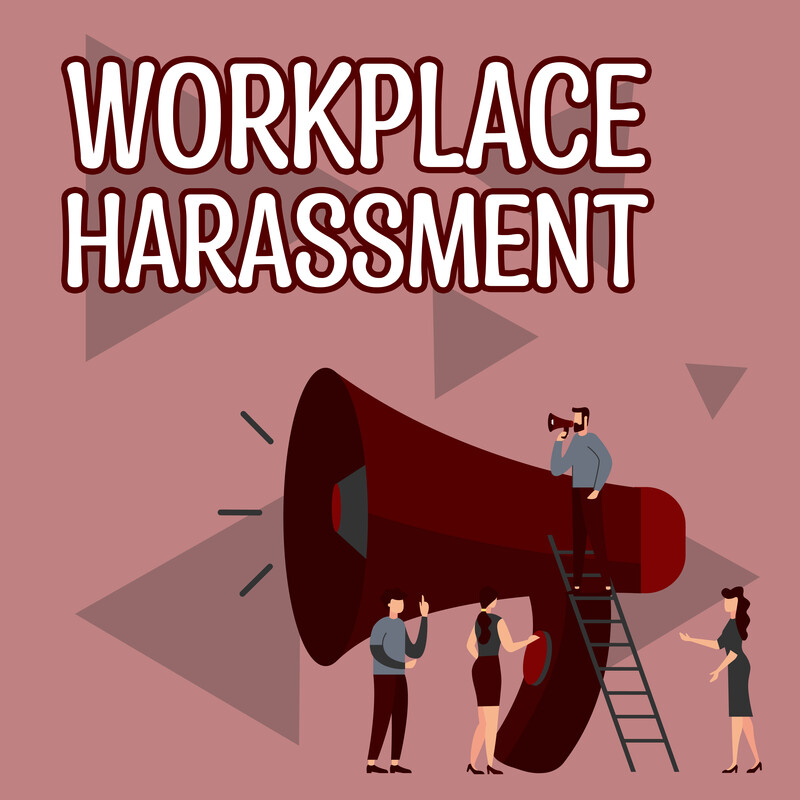 The “Quantitative Survey on Harassment in the Workplace,” conducted by the PERSOL Research Institute, suggests that although it may not seem that there is no such thing, in reality, there is a possibility that some employees are leaving their jobs due to harassment.
The “Quantitative Survey on Harassment in the Workplace,” conducted by the PERSOL Research Institute, suggests that although it may not seem that there is no such thing, in reality, there is a possibility that some employees are leaving their jobs due to harassment.
◆Potential reasons for turnover
There are approximately 870,000 people who leave their jobs due to harassment annually (in 2021), and about 70% of them do not inform their companies that harassment is the reason for their leaving. In addition, only 17.6% of the harassments were actually addressed by the company.
In a situation of continuing labor shortages, the existence of harassment that is unrecognized or unaddressed by the company is not good for society or for the company’s management.
◆Evasive Management”
As harassment has become an issue, supervisors have adopted an “evasive management” approach to avoid harassment, such as not inviting subordinates out for drinks or lunch and not scolding too harshly when they make mistakes, and it seems that subordinates are feeling a sense of distance from their supervisors.
The more distance subordinates feel from their supervisors, the less they feel a sense of growth, which seems to have a negative impact on the growth and retention of human resources.
◆Listening behavior that balances harassment prevention and human resource growth
On the other hand, some supervisors are able to develop their subordinates while avoiding harassment, characterized by “listening behavior” regarding their subordinates’ opinions and stories, and fairness in management. It seems that interactive communication in the workplace is important, along with deterrent measures, to both prevent harassment and help subordinates grow.
In addition to the establishment of a consultation service and prevention regulations, training for managers from this perspective may be useful in the company’s anti-harassment measures.





